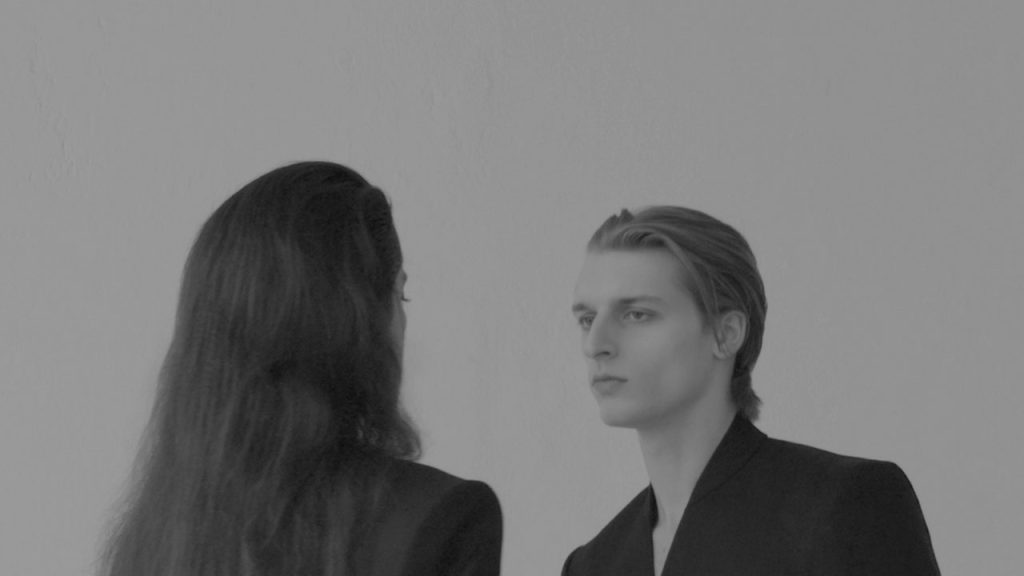Summarize this content to 2000 words in 6 paragraphs Setchu’s Satoshi Kuwata brought a bit of his native Kyoto to Venice via London’s Savile Row, where in his formative years he worked at Huntsman & Sons. During the opening days of La Biennale, the Japanese designer unveiled a special project at Palazzo Venier, showing a few bespoke tailored suits made in collaboration with Davies & Son, the oldest independent Savile Row tailor, founded in 1803.To frame his dialogue with the exacting Savile Row maestros, Kuwata conceived a multi-sensory installation featuring a series of objects he had specially made in Japan, infusing a dash of modernity into traditional crafts. Guests were greeted in the Palazzo’s stuccoed entryway by an outsized foldable paper lamp painted a deep shade of black made from sumi ink, contravening the conventional rules of white ceremonial lanterns lighting Japanese shrines. Handmade tatami mats were also customized, veiled in sheer black Setchu fabric, while ceramic stools had a removable lid that can be used as an ikebana tray; ceremonial candles were made with organic wax.Inside the exhibition.
Photo: Courtesy of SETCHU x Davies & SonInside the exhibition.
Photo: Courtesy of SETCHU x Davies & SonKuwata even gave Italian espresso cups an iconoclastic twist, inviting a Japanese potter to imitate the round shape of udon noodles bowls, and change the standard holed handle into the solid shape of a two-euro coin; the coaster was also modified, inspired by small dishes where salt is placed to ward off bad luck. The laser-sharp focus of Kuwata’s design process might feel a bit obsessive—if it weren’t that the outcome looked rather exquisite. “Setchu is about the encounter of East and West,” the designer stated. “Here I mixed Japanese and Italian elements. Espresso is one of the reasons Italians live so long, and it’s one of the healthiest ways to feel positive every morning. Setchu is about a message of appreciation.”The 2023 LVMH Prize winner also challenged Savile Row’s strict rules of tailoring, working his charm to get Davies & Son out of their comfort zone; after lengthy discussions and fittings, they came up with three bespoke non-gender-specific outfits—a black suit, a black coat dress, and a white coat whose hem opens up in an extra-long train. British tailoring has military origins, and is therefore constructed on a disciplined sculptural template—thick fabrics, rigid shapes, painstakingly precise details to last a lifetime. Kuwata wanted to keep the same rigorous approach, while “being able to fold the garments like an origami, the same way in Japan we do with kimonos.” It was a culture clash to say the least, as there couldn’t be two more opposite dressing code principles. “In Savile Row, they jokingly say that their suits can stand upright on their own,” but the designer’s stubborn courtesy (and tailoring chops) won the day.


